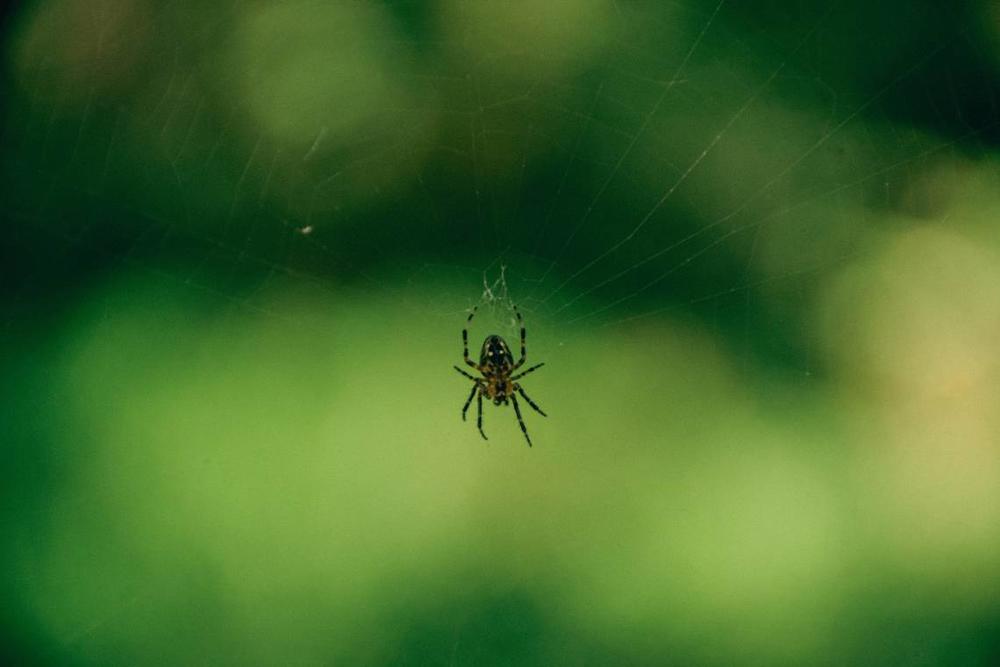
Section Branding
Header Content
What do venomous spider bites look like? Here’s how to ID them and what to do
Primary Content

Creepy, crawling, eight-legged nightmares.
I mean, spiders.
Before I get the super ick, let’s get down to it.
Out of the 3,500 spiders in the United States, only two species of spiders are venomous, according to Healthline.
The deadly duo is none other than the black widow and the brown recluse, and both are common to the South, including in Mississippi and Georgia. If you get bit by one of these, you’ll want to keep reading.
Here are some other things to know about spider bites.
Bite symptoms
If you get bitten by a spider, the spider typically won’t pose a huge threat. Instead, it’ll just look like a little bug bite. Most spiders have small fangs, some that can’t even puncture human skin. But if they do, the bite will just be an itchy red spot.
However, if you get a bite from a black widow, here’s what to expect:
- Redness, pain and swelling: You might have pain and swelling around the bite, which can spread into your abdomen, back or chest. The bite will leave two small punctures from the spider’s fangs.
- Cramping: You might have severe abdominal rigidity or cramping, which is sometimes mistaken for appendicitis or a ruptured appendix.
- Nausea, vomiting, tremors or sweating: You might experience nausea, vomiting, tremors or sweating alone or in combination.
And if you get bitten by a brown recluse, here’s what to expect:
- Increasing pain over the first eight hours after the bite.
- Fever, chills and body aches.
- A bite wound with a pale center that turns dark blue or purple with a red ring around it.
- A bite wound that grows into an open sore (ulcer) with the skin around it dying.
When to see a doctor
You should seek medical help if you’ve been bitten by a widow or recluse.
You should also seek medical attention if you have any of the following:
- You’re unsure whether the bite was from a dangerous spider.
- You have severe pain, abdominal cramping or a growing wound at the bite site.
- You’re having problems breathing or swallowing.
- The area of the sore has spreading redness or red streaks.
At-home treatment
If you think you can take care of your spider bite at home, here are some tips:
- Apply an ice pack on and off the bite for 10 minutes at a time. Always wrap ice or an ice pack in a cloth.
- Elevate the area to reduce swelling.
- Take an antihistamine, such as diphenhydramine (Benadryl), to help with itching.
- Clean the area with soap and water to prevent infection.
- Apply antibiotic ointment to the area if blisters develop.
Have you been bitten by a venomous spider before? Comment below or email me at cmadden@mcclatchy.com
This story comes to GPB through a reporting partnership with The Telegraph.

